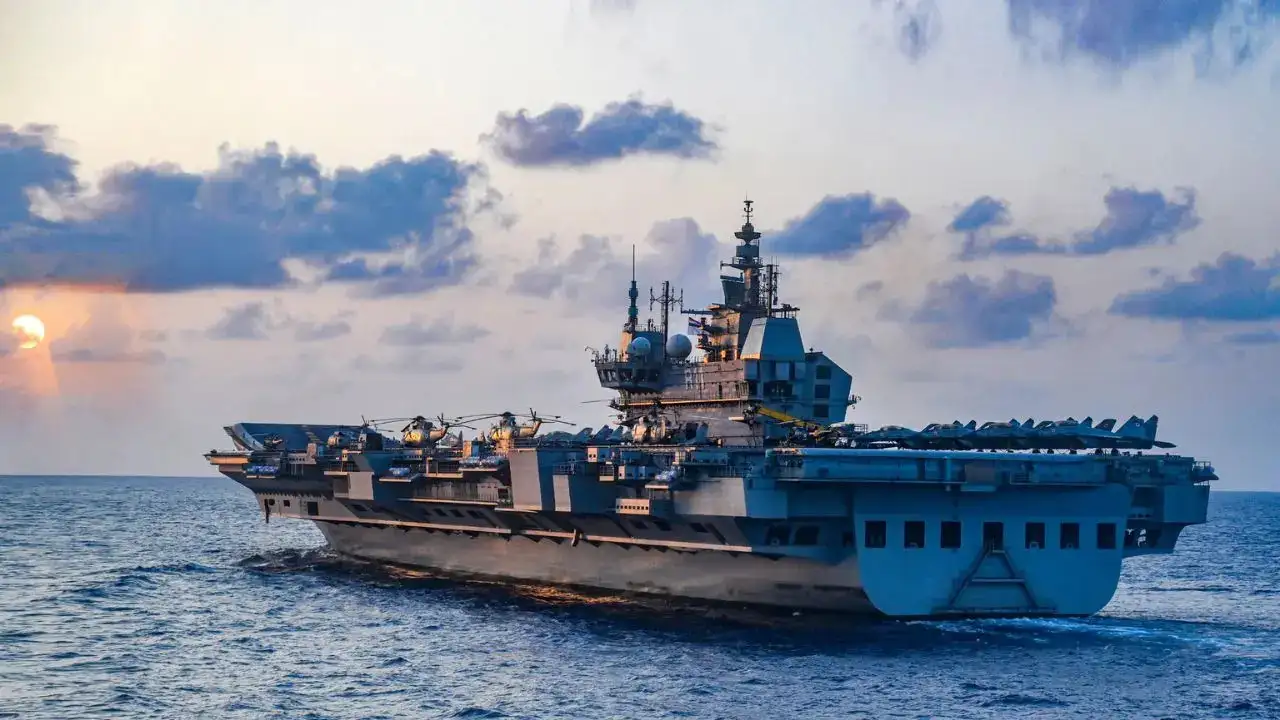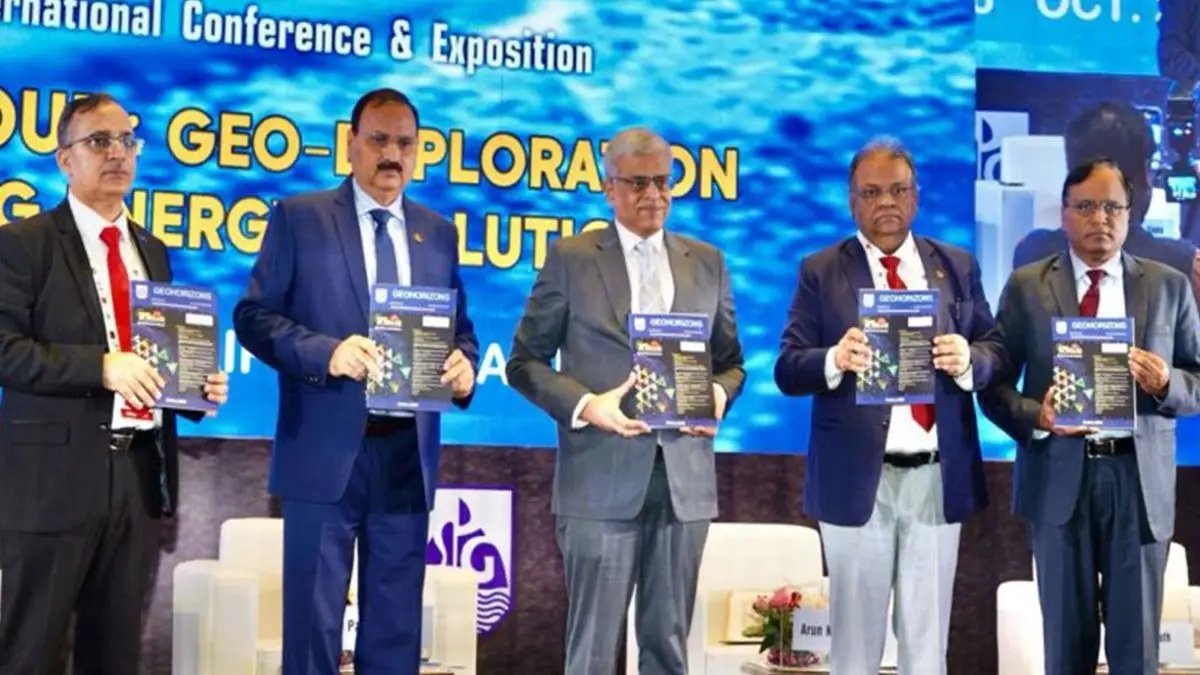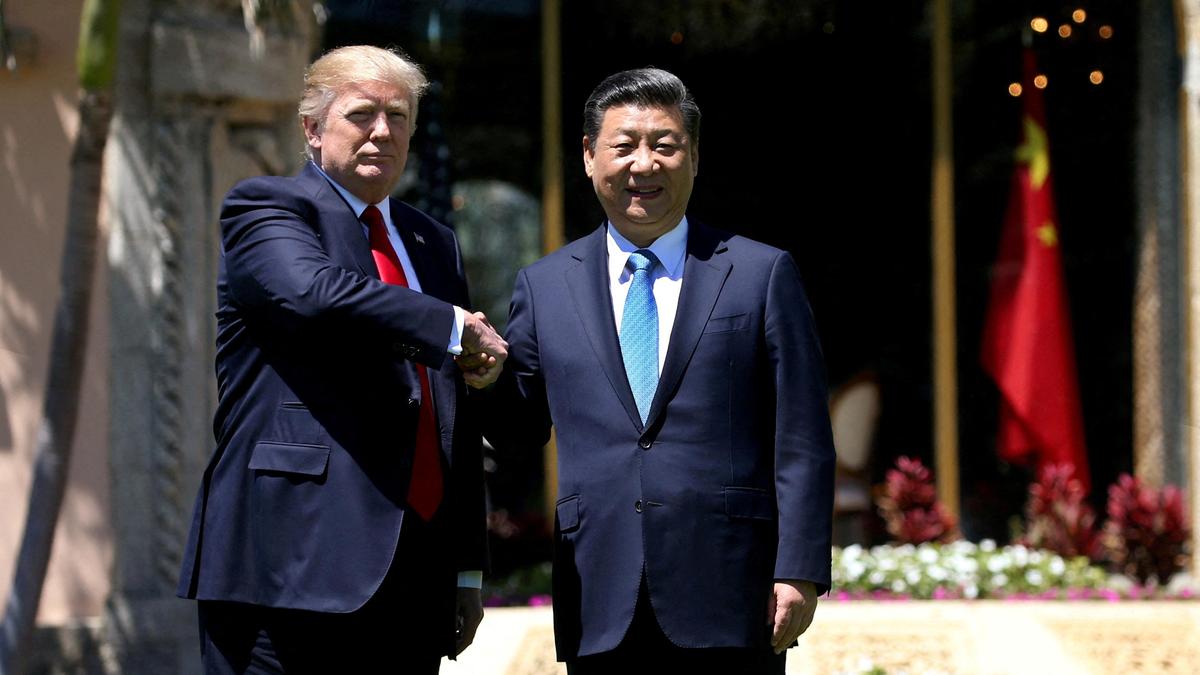Copyright timesnownews

India’s marine maintenance, repair and overhaul (MRO) ecosystem is undergoing a significant shift, driven by the need to enhance operational readiness, reduce dependence on foreign suppliers, and support the nation’s broader push for defence self-reliance. As naval platforms become more complex and diverse in origin, there is a growing focus on indigenous innovation, integrated systems, and infrastructure that can sustain both legacy and next-generation fleets. For years, India’s marine MRO ecosystem relied heavily on foreign technology, spare parts, and legacy systems. But that’s beginning to change. Indian defence suppliers and technology partners are now building sophisticated solutions in-house, not just to service existing vessels, but also to integrate seamlessly into upcoming platforms under construction. Among the most significant of these innovations are indigenously developed firefighting systems and integrated bridge systems, critical components for ship safety, navigation, and command control. These are not mere replacements of old hardware; they represent a broader vision to reimagine India’s naval systems architecture using homegrown talent and tools, and are being adopted across both defence and private maritime sectors. Smart Maintenance and Predictive Technologies Beyond these high-profile upgrades, there is a quiet but essential revolution underway in how ship operations are tracked and maintained. Advanced inventory tracking systems and life-cycle monitoring technologies are helping predict component failures before they occur, reduce unplanned downtime, and ensure optimal usage of critical parts. These upgrades are not just smart, they are cost-saving and mission-critical, especially in high-stakes deployments. One of the most notable trends reshaping marine MRO operations is the deployment of floating dry docks. Traditionally, large vessels had to return to shore-based docks for repairs, a time-consuming and resource-heavy process. Floating docks flip this model by bringing the repair infrastructure to the ship itself. This innovation, now being explored and adopted in India, significantly improves turnaround times and operational readiness. The Complex Puzzle of Systems Integration But perhaps the most complex challenge Indian naval MRO providers face today is systems integration. India’s fleet is a hybrid of platforms and technologies sourced from across the globe, from Western systems to Russian-origin submarines to equipment increasingly procured from South Korea. Getting these disparate systems to ‘talk’ to each other, to share data, operate as a cohesive unit, and work reliably under pressure is a massive engineering puzzle. The lack of unified technical documentation, incompatible communication protocols, and mismatched spare parts only make this harder. Yet, it's exactly in solving such challenges that Indian firms are showing remarkable ingenuity, reverse engineering older PCB-based systems, creating digital twins, and developing universal integration protocols tailored to Indian use cases. Streamlining the Supply Chain This integration struggle extends beyond electronics to supply chain logistics as well. Maintaining a consistent and predictive spares inventory, especially when components come from multiple geopolitical blocs, is a delicate balancing act. Too much stock creates waste. Too little, and you risk mission failure. Innovations in predictive maintenance and data-driven spares forecasting are beginning to play a critical role in achieving that balance. The shift toward indigenous MRO innovation isn’t just a technical upgrade, it’s a strategic necessity. With India steadily expanding its naval footprint, the ability to service and support vessels in real-time, without depending on overseas vendors, becomes crucial. It’s also in line with the broader ‘Aatmanirbhar Bharat’ push, but beyond the policy rhetoric, the change is visible on the ground. India’s defence marine MRO ecosystem is no longer content with being a back-end service function. It’s becoming a front-runner in innovation, an enabler of strategic autonomy, and a catalyst for India’s emergence as a serious maritime power. About The Author- Vice Admiral Paras Nath (Retd.), AVSM, VSM, is a distinguished Indian Navy veteran with over 40 years of experience, including senior roles in logistics modernization and operations leadership. As Group President of Crown Group, he leverages his extensive military and strategic expertise to enhance India’s defence ecosystem through innovation, indigenous MRO capabilities, and strategic partnerships. Decorated for exceptional service, he continues to contribute to India’s defence sector transformation with a focus on self-reliance and technological excellence.



